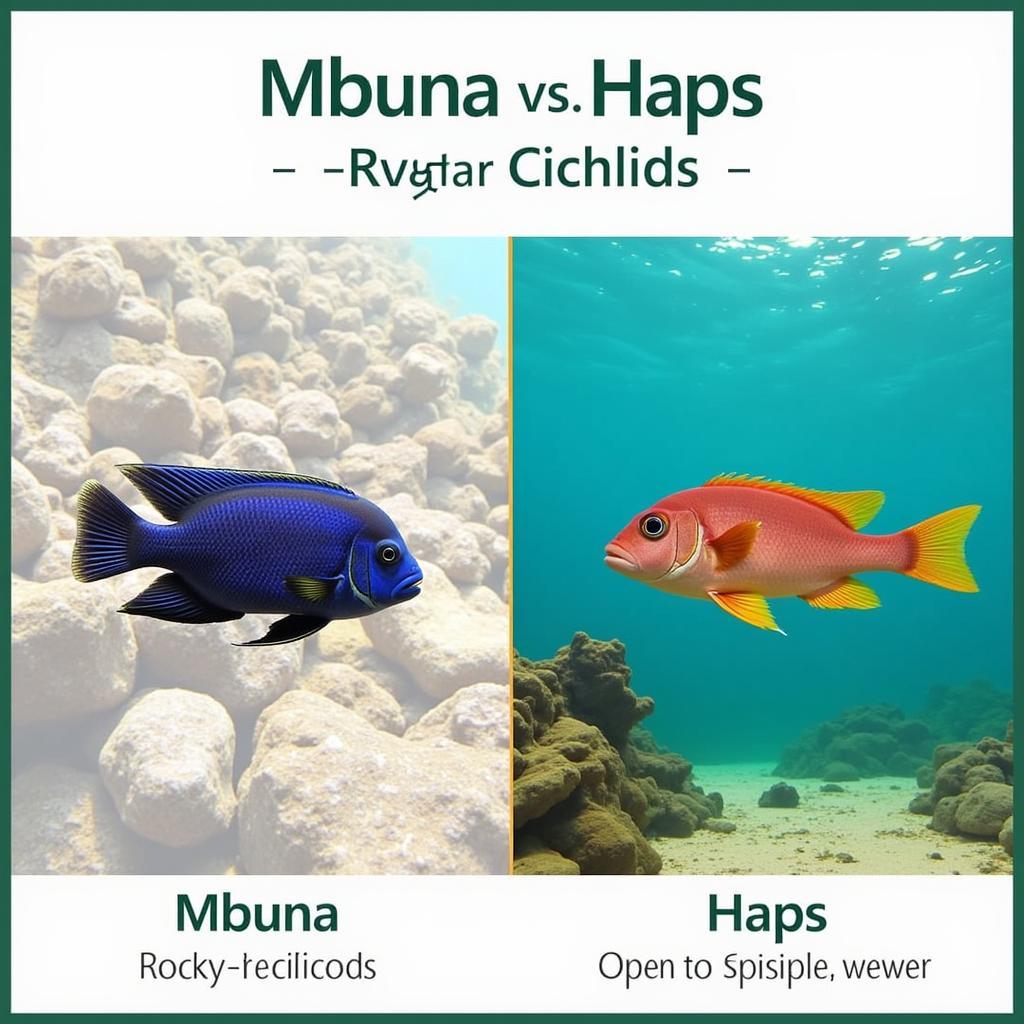Understanding the African American Vernacular English Test
African American Vernacular English (AAVE), often misunderstood, has a rich linguistic structure. This article delves into the complexities of AAVE, exploring its origins, unique features, and the concept of an “African American Vernacular English Test,” while also addressing its societal implications.
What is African American Vernacular English (AAVE)?
AAVE, also known as African American English (AAE) or Black English, is a distinct dialect of English spoken by many African Americans. It’s not simply slang or broken English, but a fully developed language system with its own grammatical rules, pronunciation patterns, and vocabulary. This often leads to questions about the existence and nature of an “African American Vernacular English test,” a concept we’ll explore further. It’s important to understand AAVE within its historical and cultural context. AAVE shares connections with other dialects of American English as well as with African diaspora languages. Its evolution is intricately tied to the history of African Americans in the United States.
Understanding AAVE requires appreciating its historical development. Enslaved Africans brought their diverse languages to America, and through complex processes of language contact, AAVE emerged.
It’s crucial to recognize that AAVE is governed by its own set of grammatical rules, not a deviation from Standard American English. This is a common misconception.
The Myth of the “African American Vernacular English Test”
The idea of a formal “African American Vernacular English test” as a standardized assessment doesn’t really exist. There isn’t a widely recognized, formal test designed specifically to assess proficiency in AAVE. However, the term may arise in discussions surrounding language assessment, particularly in educational settings. Sometimes, educators may informally assess a student’s understanding of language variations, including AAVE, to better tailor their teaching methods. This is more about understanding a student’s linguistic background than “testing” their AAVE proficiency. The focus should be on recognizing AAVE as a valid language system and understanding how it interacts with other dialects in educational contexts. It’s also important to consider the social and cultural implications surrounding language and identity within African culture in North America.
AAVE: Features and Characteristics
AAVE possesses distinct features, some of which are shared with other dialects, while others are unique. These include specific grammatical structures, pronunciation patterns, and vocabulary. Understanding these characteristics helps dispel the notion that AAVE is simply incorrect English. For example, the use of double negatives or the habitual “be” are grammatically consistent within AAVE’s structure. The rich linguistic diversity within AAVE adds to the tapestry of American English, reflecting the complex history and cultural experiences of its speakers.
What are some examples of unique AAVE features? Distinctive grammatical structures like the habitual “be” and specific pronunciation patterns are key examples.
AAVE in Education and Society
AAVE’s role in education and society is often debated. Some argue for its acceptance and incorporation into educational practices, while others advocate for adherence to Standard American English. Understanding the social and cultural context surrounding AAVE is crucial. Recognizing AAVE as a valid language system promotes inclusivity and respects the cultural identity of its speakers. It also facilitates better communication and understanding between speakers of different dialects. Learning about the African American accent and African American speech can bridge cultural gaps and foster appreciation for linguistic diversity.
How does AAVE intersect with educational practices? The discussion often revolves around balancing the recognition of AAVE as a valid language system with the importance of Standard American English in academic settings.
“Understanding AAVE is about more than just linguistics; it’s about recognizing and respecting the cultural heritage it represents,” says Dr. Anika Johnson, a sociolinguistics professor at Howard University. “Dismissing AAVE as ‘slang’ diminishes the rich cultural legacy it embodies.”
Conclusion
Understanding African American Vernacular English is key to appreciating the linguistic diversity within American English. While a formal “African American Vernacular English test” doesn’t exist, recognizing AAVE as a distinct and valid language system with its own intricate rules is crucial. This awareness fosters inclusivity, promotes cross-cultural understanding, and enriches our appreciation of the diverse linguistic tapestry of the United States. For more in-depth examples, explore resources on African American English examples. By embracing linguistic diversity, we celebrate the richness of communication and cultural expression.
FAQ
- Is AAVE a proper language? Yes, AAVE is a fully developed dialect of English with its own grammatical rules and structure.
- Is there a test for AAVE? No, there isn’t a standardized test specifically designed to assess AAVE proficiency.
- How is AAVE used in education? Educators sometimes consider students’ AAVE background to tailor teaching methods, promoting inclusivity and understanding.
- What are the key features of AAVE? Unique grammatical structures, pronunciation patterns, and vocabulary distinguish AAVE.
- Why is understanding AAVE important? It fosters cultural understanding, promotes inclusivity, and enriches appreciation for linguistic diversity.
- How did AAVE develop? AAVE emerged from the complex language contact between enslaved Africans and European colonizers.
- Where can I learn more about AAVE? Numerous resources, including academic articles and online platforms, offer further information.
Common Scenarios Involving Questions about AAVE
- Classroom Settings: Teachers might encounter questions about AAVE’s validity and its role in education.
- Workplace Interactions: Misunderstandings based on dialectal differences can arise, highlighting the need for linguistic awareness.
- Social Interactions: Conversations about AAVE can spark discussions about language, culture, and identity.
Further Exploration
You might also be interested in learning more about the history of African American English or the linguistic diversity within the United States.
For any assistance or further inquiries, feel free to contact us:
Phone: +255768904061
Email: [email protected]
Address: Mbarali DC Mawindi, Kangaga, Tanzania.
Our customer support team is available 24/7.


